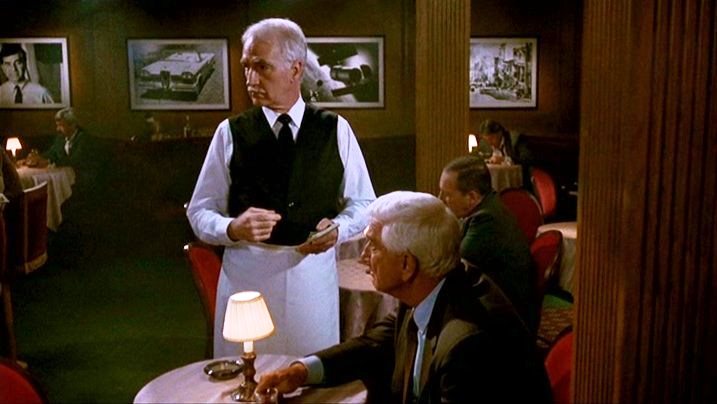Bottom of the range
Bottom of the range
/ˈbɒtəm ɒv ðə reɪnʤ/ (n.)
All other things being equal, a dangerous place to play. We have looked elsewhere at the travails of Melvin Capital Management LP when it tried to short GameStop, but this points to a general proposition: if your strategy involves prices staying low, or going lower, your arse is hanging out if you invest at the “bottom of the range” of plausible prices.
|
Chez Guevara — Dining in style at the Disaster Café™
|
In GameStop: An equity cannot have a negative value; there is a natural limit to how much you can make by shorting it. If the stock is already low against its historical range there is only so much further it can go. Between 2008 and 2020, GME traded between 15.00 and 5.00. By mid 2019 it was below a dollar. Here is the problem — even without accounting for the novel risk of outsider trading: the most you can make shorting is 90c. If, by some hap, the company returns to its own former fortunes — perhaps it is acquired, or announces a new digital strategy you weren’t expecting— you stand to lose 1400c. Unlike a long position, putting on a short requires you to borrow not a fixed amount of cash, but the security you are shorting. Your repayment obligation at any time is the prevailing price to buy back the stock. In between times, your broker will insist that you pay it that cash value, each day.
